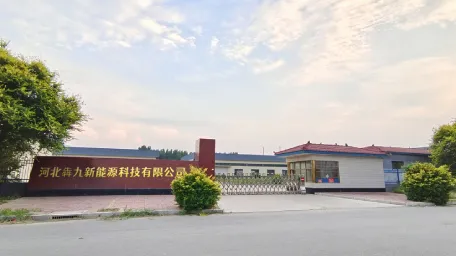Understanding the Solar Inverter System Through Detailed Diagrams and Components
Understanding Solar Inverter Diagrams A Comprehensive Guide
Solar energy has gained immense popularity as a renewable energy source, and at the heart of every solar power system is the solar inverter. A solar inverter is a critical component that converts the direct current (DC) generated by solar panels into alternating current (AC), which is the standard electrical current used in homes and businesses. To understand how solar inverters function, it's beneficial to look at solar inverter diagrams, which provide a visual representation of the system's components and their interconnections.
Key Components of a Solar Inverter Diagram
A typical solar inverter diagram includes several key components
1. Solar Panels These are the primary source of solar energy. Each solar panel comprises photovoltaic cells that capture sunlight and convert it into DC electricity.
2. Combiner Box In larger systems, multiple solar panels are connected to a combiner box. This box consolidates the DC output from the panels, making it easier to manage and connect to the inverter.
3. Solar Inverter This is the central component in the diagram. The inverter receives the DC electricity from the solar panels and converts it into AC electricity. Inverters can be classified into different types such as string inverters, microinverters, and power optimizers, each serving unique systems and configurations.
4. Transformers (if applicable) Some inverter models incorporate transformers to step up or down the voltage as needed. This is particularly important for utility-scale installations where voltage levels must match the grid requirements.
5. Grid Connection The AC output of the inverter is connected to the local electrical grid or the home’s electrical system. This connection allows for excess electricity to be fed back into the grid, often providing credits to the homeowner through net metering arrangements.
solar inverter diagram

6. Battery Storage (if applicable) In systems designed for energy storage, batteries may be included in the diagram. These batteries store excess energy generated during peak sunlight hours for use during nighttime or cloudy days.
7. Monitoring System Many modern inverters come with a built-in monitoring system that allows users to track energy production and system performance. This component often connects to the internet, making it possible to view real-time data remotely.
The Function of a Solar Inverter
The inverter plays a vital role in maintaining the efficiency of a solar power system. Aside from converting DC to AC, it optimizes the energy output by adjusting the voltage and frequency. The inverter continuously monitors the power output of the solar panels, ensuring they operate at their maximum power point (MPPT). This technology helps to utilize the maximum energy available from the solar panels, improving overall system efficiency.
Moreover, solar inverters come equipped with safety features to protect against electrical faults such as overloads and short circuits. They typically include automatic shutdown capabilities, ensuring that the system remains safe during maintenance or in the event of a fault.
Reading a Solar Inverter Diagram
When interpreting a solar inverter diagram, it’s essential to understand the flow of electricity. The diagram will usually start with the solar panels on the left side, illustrating the DC electricity flow toward the inverter. From the inverter, the path leads to the grid or the home’s electrical system, depicting the AC electricity flow. Connections, fuses, and circuit breakers are also commonly illustrated, allowing for a clear understanding of how the system is organized and the safety measures in place.
Conclusion
In conclusion, understanding solar inverter diagrams is crucial for anyone interested in solar energy systems. These diagrams provide a detailed look at how solar panels, inverters, and other components interact to convert sunlight into usable electricity. As the world shifts towards renewable energy sources, gaining knowledge about solar inverters and their diagrams will empower homeowners and energy professionals alike to make informed decisions regarding solar investments. Whether you’re considering solar installation or simply looking to enhance your knowledge, familiarizing yourself with the structure and function of solar inverter diagrams is a valuable step forward.
-
Unlocking Energy Freedom with the Off Grid Solar InverterNewsJun.06,2025
-
Unlock More Solar Power with a High-Efficiency Bifacial Solar PanelNewsJun.06,2025
-
Power Your Future with High-Efficiency Monocrystalline Solar PanelsNewsJun.06,2025
-
Next-Gen Solar Power Starts with Micro Solar InvertersNewsJun.06,2025
-
Harnessing Peak Efficiency with the On Grid Solar InverterNewsJun.06,2025
-
Discover Unmatched Efficiency with the Latest String Solar InverterNewsJun.06,2025







